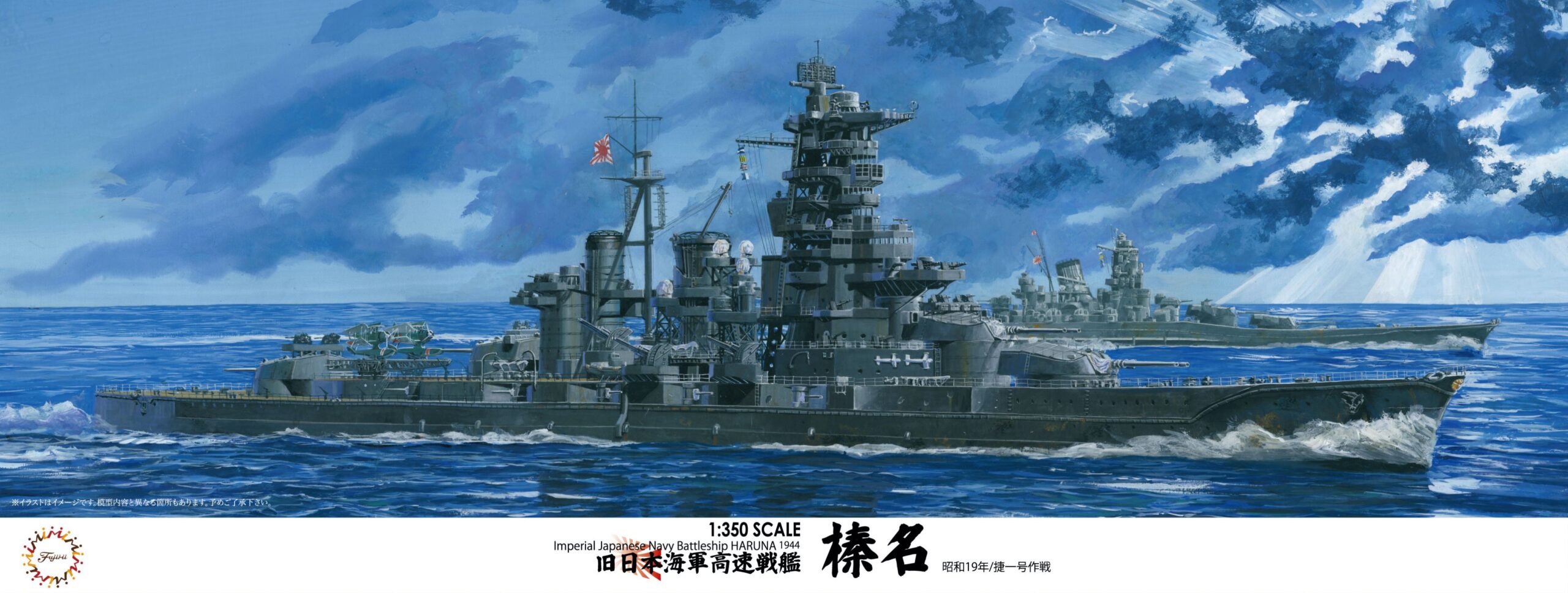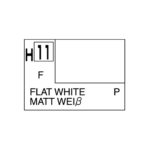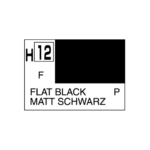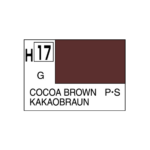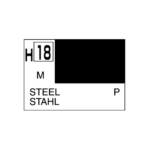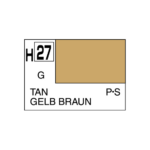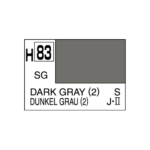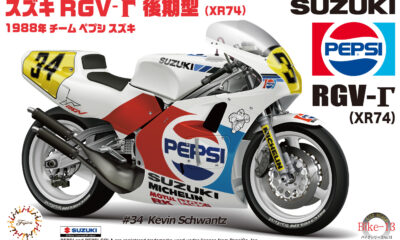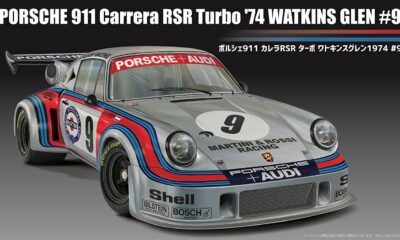Haruna was a Japanese battlecruiser, the keel of which was laid in 1912, launched in December 1913, and commissioned in the Imperial Japanese Navy in April 1915. The total length of the ship was 222 meters, width 31 meters, and a full displacement of 36,000 tons. Harun’s top speed was around 30-31 knots. The main armament at the time of the launch was 8 356 mm guns in four turrets, two guns each, and the secondary armament was mainly 14 152 mm guns.
Haruna was the fourth and final Congo-class battleship. In the interwar period, Haruna was intensively modernized, which led to: a significant improvement in the armor of the ship, the reconstruction of the front superstructure, which took the shape of a Japanese pagoda, and an increase in power and modernization of the engine room. Haruna also received catapults enabling the operation of seaplanes. Haruna’s combat career in World War II began with her participation in supporting the invasion of British territory in Indochina. In April 1942, the ship also took part in the famous raid of the Japanese fleet to the Indian Ocean, and later – in June this year – took part in the Battle of Midway, where, despite many air attacks, it suffered only minor damage. Haruna also took part in the Battle of the Santa Cruz Islands in October 1942. In 1944, he fought in the Battle of the Philippine Sea in June 1944 and in the Battle of Leyte in October of the same year. In 1945, due to a lack of fuel, Haruna did not take any combat actions, and in July of that year it was severely damaged and later sunk by American on-board planes at the naval base in Kure. The wreckage of the Haruna battlecruiser was scrapped in 1948.

